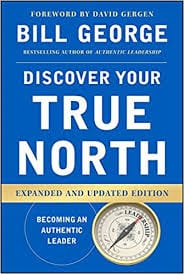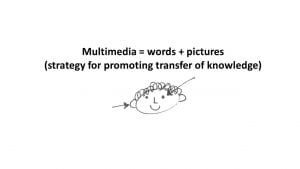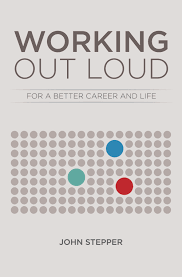Fun Fact: CCE program reporting data indicates that Extension staff reach more indirects via “tabling” at events than other means of indirect education
Tabling is an effective way to educate and engage potential audiences. I’m reviewing data right now and can see…we use tabling a lot, reaching potentially millions each year. While hard to evaluate the impact of such events, there are notable ways of making tabling activities more engaging for all (and fun for staff!). A little googling on “driving traffic to exhibitors” will give you a sense of how to grow your audience in this way. Below is a synopsis of ideas that you may find. What other ideas do you have to share? Let us know @cceorgdev
- Have Fun. When you are tabling, be enthusiastic and friendly. Be active in your outreach. Stand in front of your table and engage with passersby—don’t wait for people.
- Choose a location. Where you table matters. If possible – pick the area where your audience is most likely to be – ask for an area with lots of foot traffic.
- Recruit Volunteers. Effective tabling typically requires several people – at least two per shift…so that they will feel fresh and able to have more fun with the audience.
- Promote. While your table will likely attract those already walking by, promoting in advance will help to draw additional visitors and supporters. Social media posts before or during can help. A study by Deloitte and Touche found that pre-show promotions can improve the quality of the audience attracted to exhibitors booths by 46%. You may also want to e-mail those you know will be there and ask them to stop by as a booth with people stopping by will look more appealing to new audiences too.
- Gather Materials. Think about what will attract people to your table and what visitors are likely to pick up once you have their attention. Pay attention to what people are looking at the next time you are in a venue with booths… Freebies & drawings are known methods for getting people to come closer for potential engagement. A drawing can be a lower budget way to pull people in for a conversation starter. A 2004 Georgia Southern University study found that coupling an invitation with the promise of a gift is more effective at driving traffic to exhibitor booths than an invitation without a freebie or discount.
- Stay in Touch. Consider having a computer with a Google Form, a spreadsheet, or a sign-up sheet with pens to record the names and email addresses of interested students.
- Include a Call to Action or an Action. Offer specific ways that your audience can be involved – an activity, photo booth, survey…citizen science…anything active.





